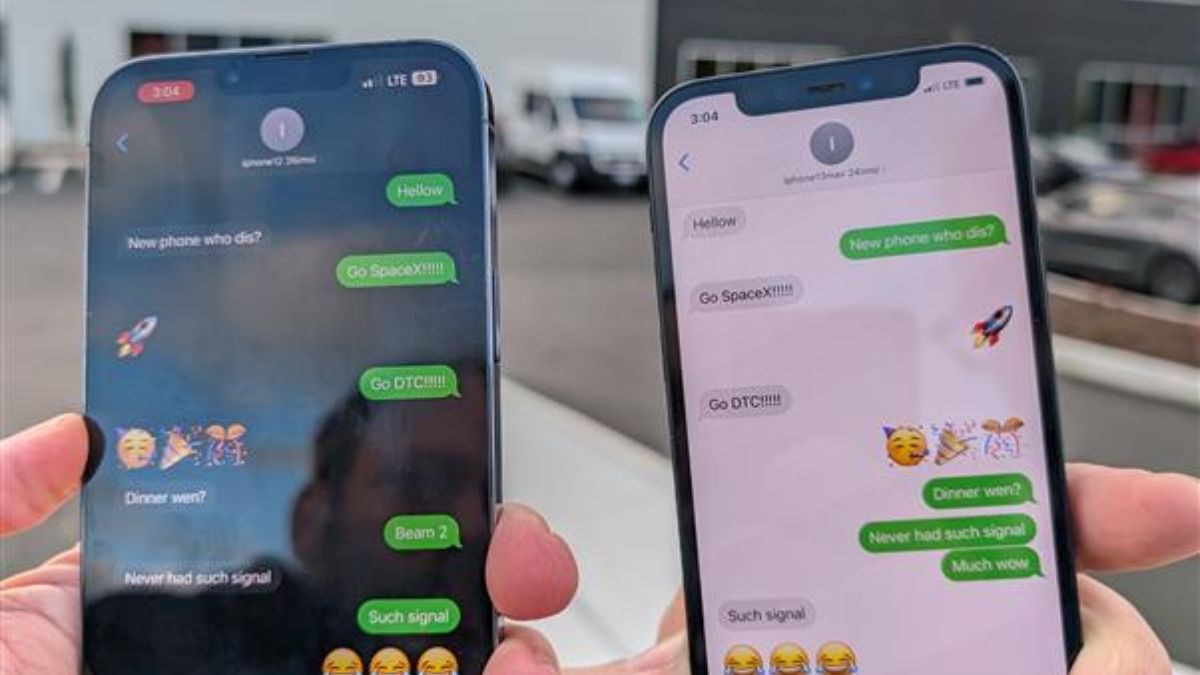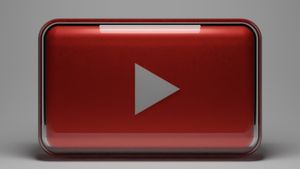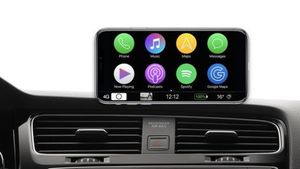JAKARTA After launchingStarlink with Direct to Cell capabilities on Tuesday, January 2, SpaceX tried to use the signal from the satellite to send a short message
This trial was carried out on Monday, January 8th and the results were quite satisfactory. SpaceX reports that it managed to send and receive messages using the T-Mobile network via the satellite they had launched.
This success is good news because connecting cell phones to satellites is not easy. There are several challenges that SpaceX needs to face, one of which is a solar tower that continues to move at a speed of tens of thousands of miles per hour.
"This requires a smooth handoff between satellites and accommodation for factors such as Doppler shifts and time delays that challenge phone communication into space," SpaceX said in an official statement.
In addition, mobile phones can also be difficult to connect to satellites hundreds of kilometers away because of low antennas and power. Luckily, Starlink Direct to Cell is equipped with multiple antenna arrays to deal with these problems.
SEE ALSO:
Starlink Direct to Cell satellites are equipped with new innovative special silicone, satellited arrays, and advanced software algorithms that address these challenges and provide standard LTE services for mobile phones, SpaceX explains.
With this success, SpaceX plans to launch more Starlink Direct to Cell satellites into their constellations. If satellites continue to be added, the network scale will be wider so that text services from Starlink can be launched this year.
After launching the text service, SpaceX will also launch another messaging service that includes sound, data and Internet of Things (IoT). The plan, this service will launch in 2025.
The English, Chinese, Japanese, Arabic, and French versions are automatically generated by the AI. So there may still be inaccuracies in translating, please always see Indonesian as our main language. (system supported by DigitalSiber.id)


















